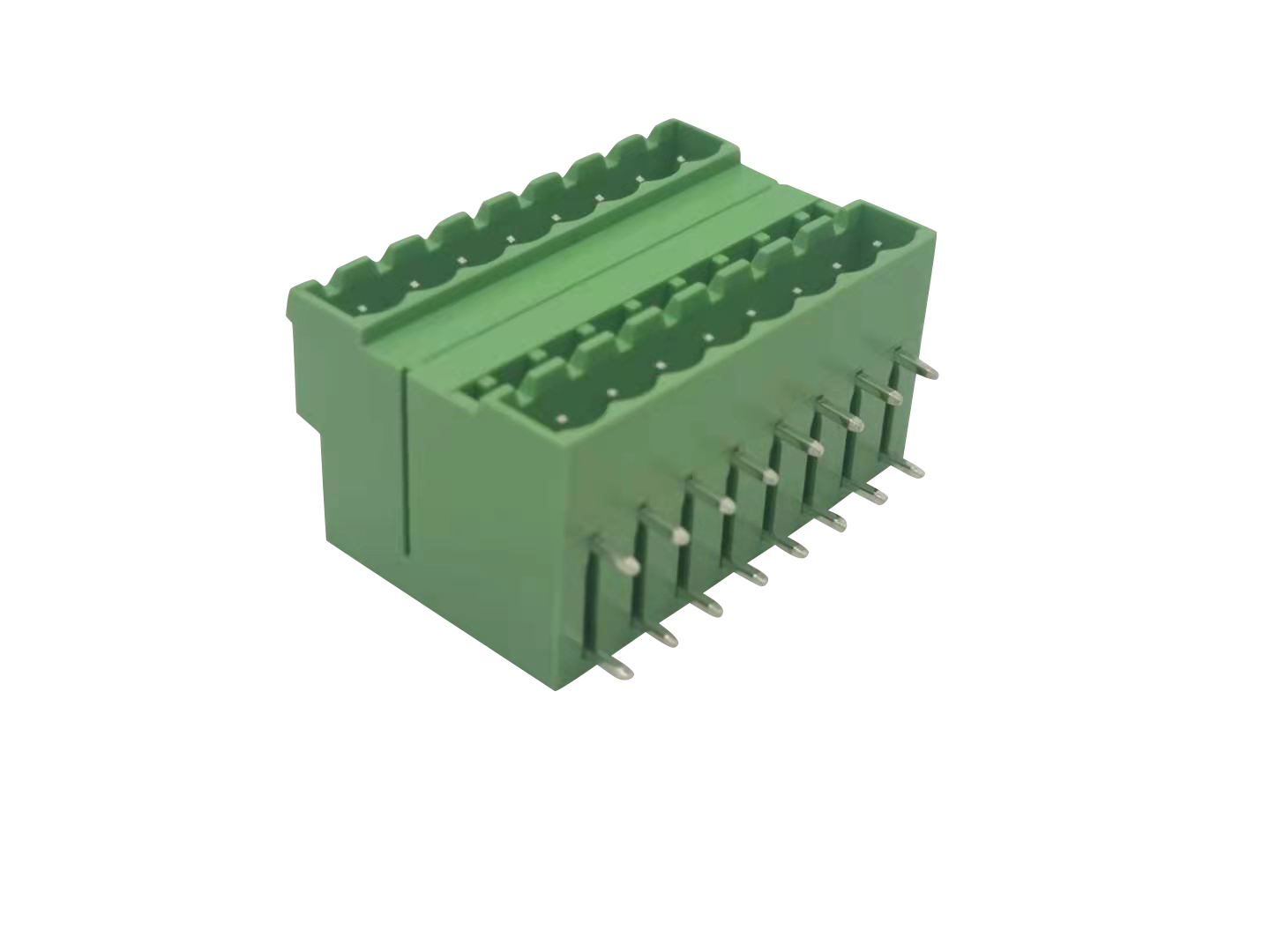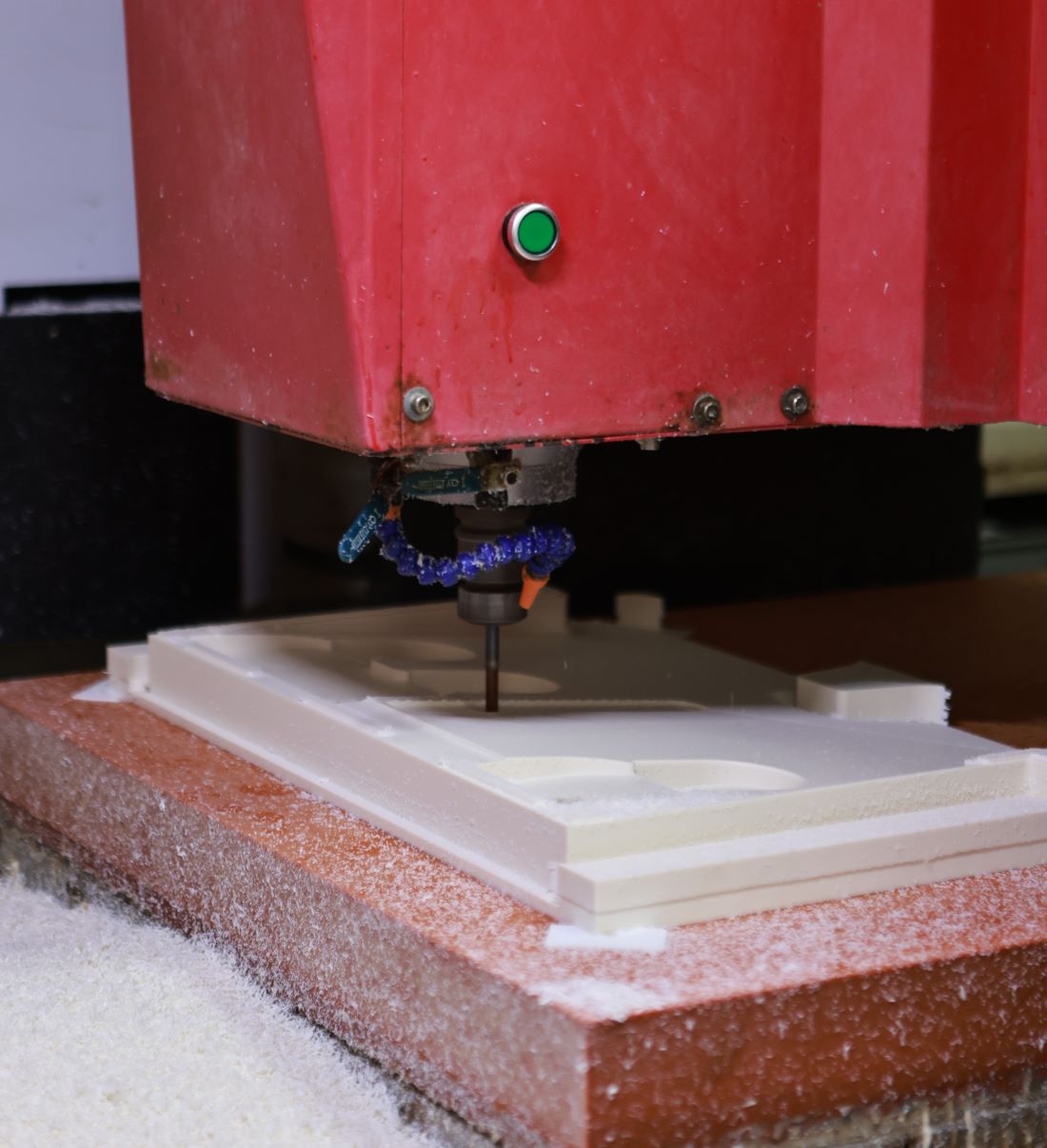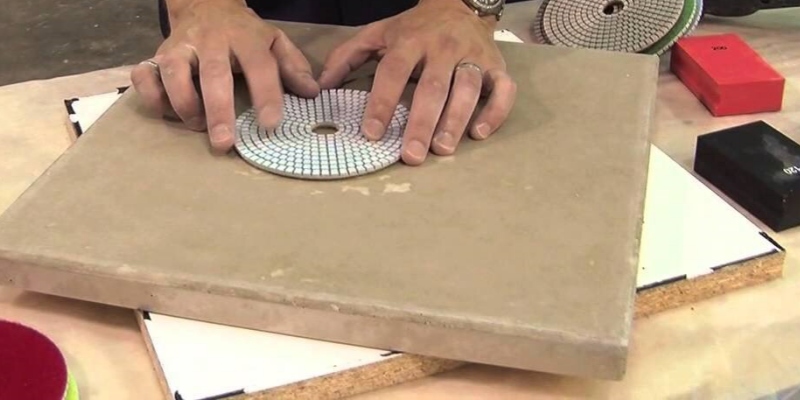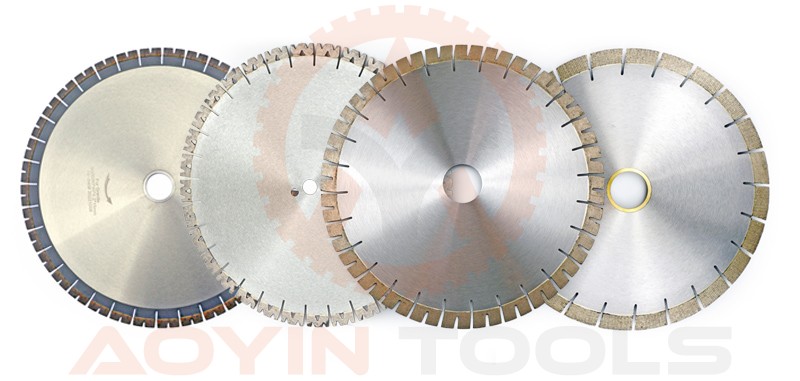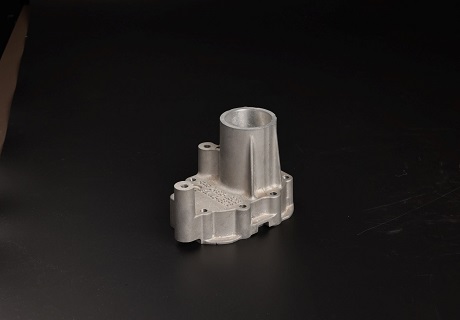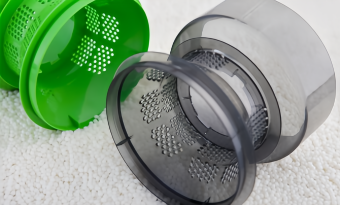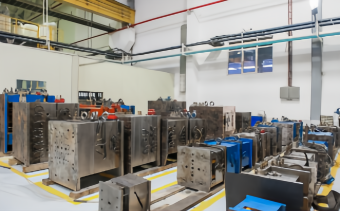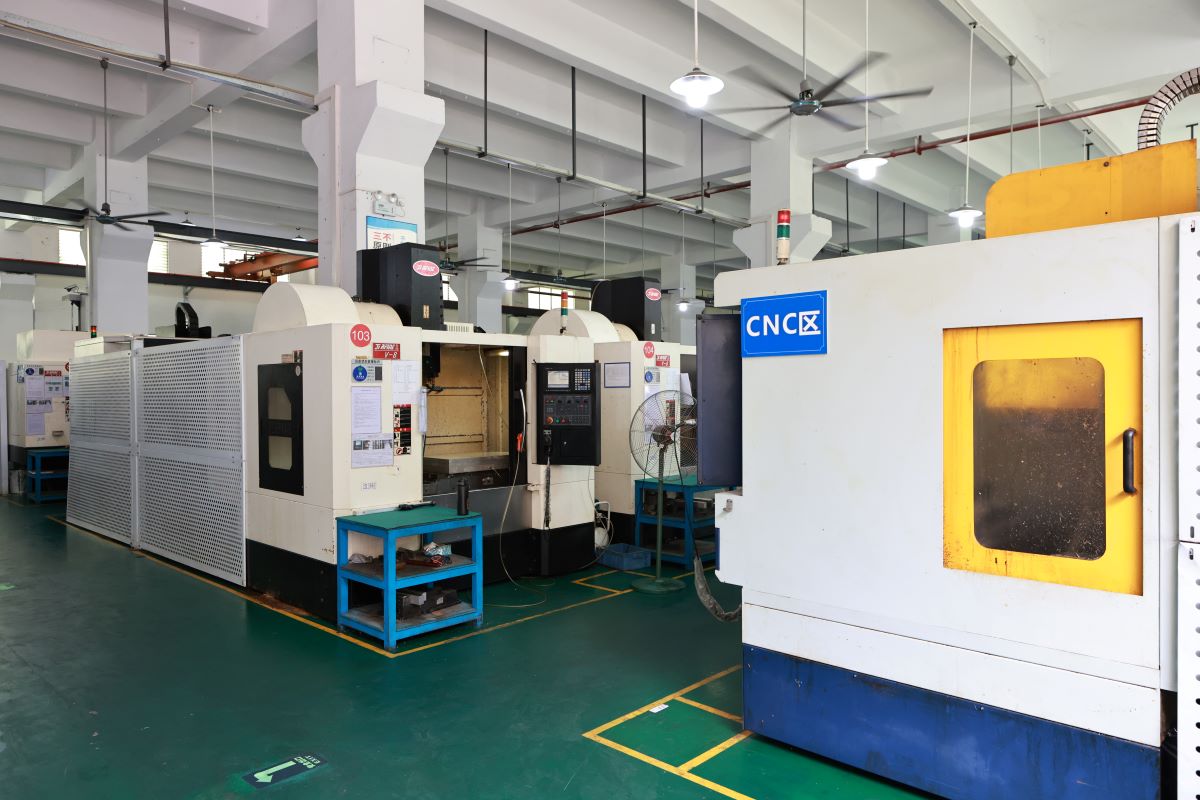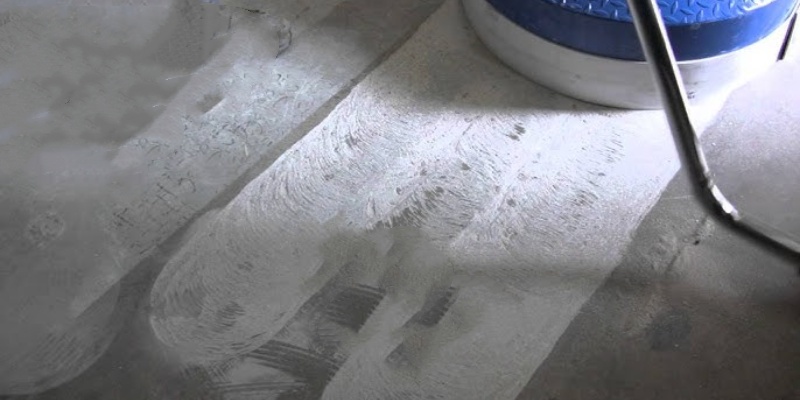How to Solve Mismatch Issues Between PCB Terminal Blocks and Pins
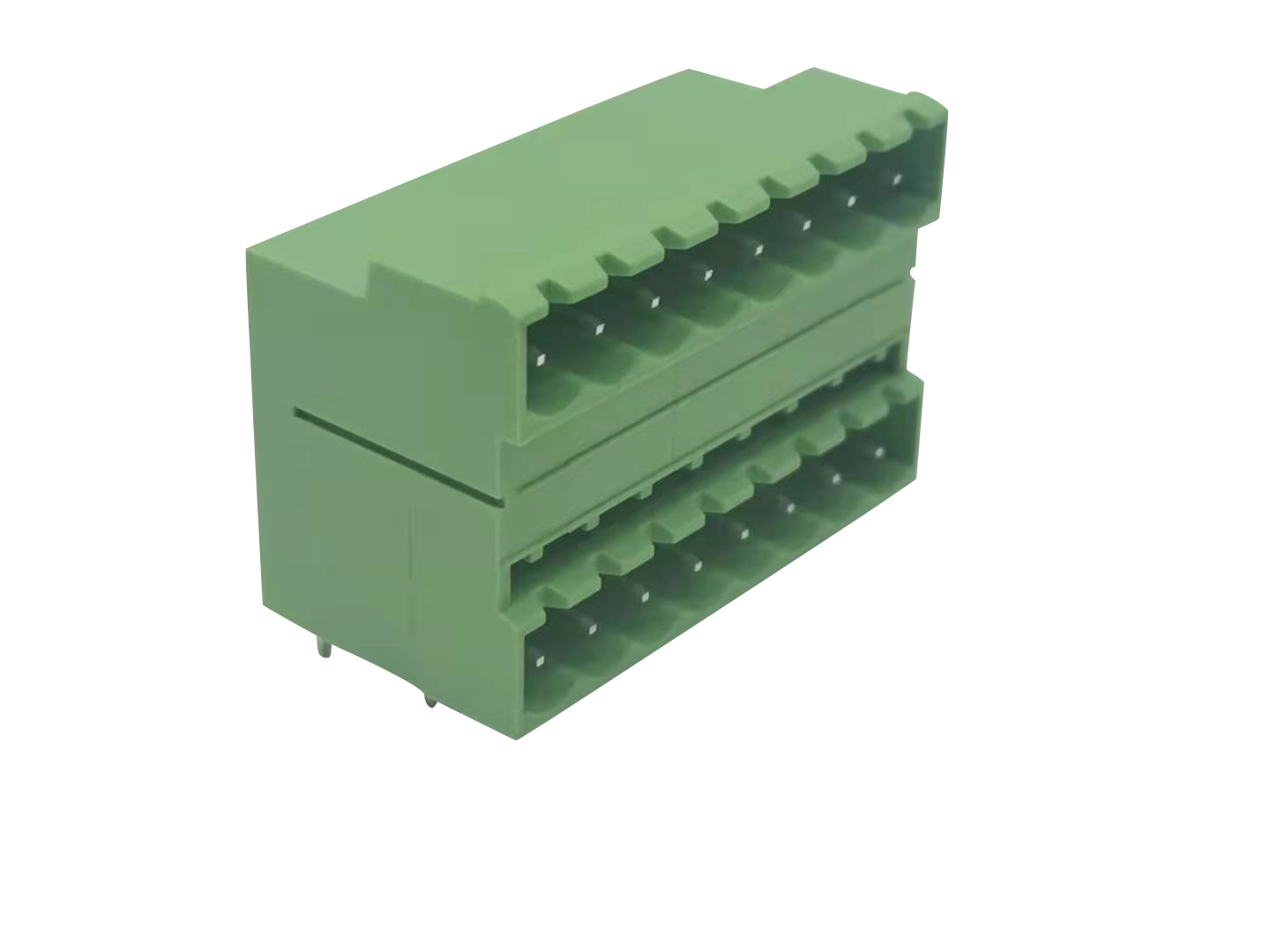
When working with terminal block connector PCB components,one common challenge is ensuring that the plug and pin align perfectly.A mismatch can lead to poor electrical connections,increased resistance,and even system failures.Whether you're dealing with terminal block electrical connector systems or PCB pin terminal setups,addressing this issue is crucial for maintaining optimal performance.
The first step in resolving a mismatch is to verify the specifications of your PCB terminal connectors.Often,the problem arises from using incompatible components.Check the datasheets for both the plug and pin to ensure they share the same dimensions,pitch,and current ratings.If the PCB terminal blocks you’re using don’t match the pins,consider switching to a compatible model or consulting the manufacturer for guidance.
Another effective solution is to inspect the physical condition of the screw terminal block connector and its pins.Over time,wear and tear can cause deformation or corrosion,leading to alignment issues.Clean the contacts thoroughly and check for any signs of damage.If the pins or connectors are bent or worn outreplacing them with high-quality terminal block connector PCB components can restore proper functionality.
For those designing custom PCB layouts,double-check,the pin spacing and alignment during the design phase.A small error,in the layout of PCB terminal connectors can lead to a significant mismatch.Use CAD tools to simulate the connection and make sure that the PCB pin terminal aligns precisely with the plug.This proactive approach can save both time and resources during assembly.
If the mismatch persists,consider using adapters or intermediary connectors.Many terminal block electrical connector systems offer adapters that can bridge the gap between mismatched components.These adapters are particularly useful when integrating older PCB terminal blocks with newer systems or when working with non-standard pin configurations.
Finally,always test the connection after resolving the mismatch.Use a multimeter to verify the electrical continuity and ensure there’s no excessive resistance.Whether you’re working with screw terminal block connector systems or other types of PCB terminal connectors,thorough testing guarantees a reliable and long-lasting connection.
By following these steps,you canin fact,effectively address mismatch issues among terminal block connector PCB components and pins.This ensures that your electrical systems operate smoothly and with high efficiency.
